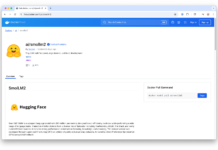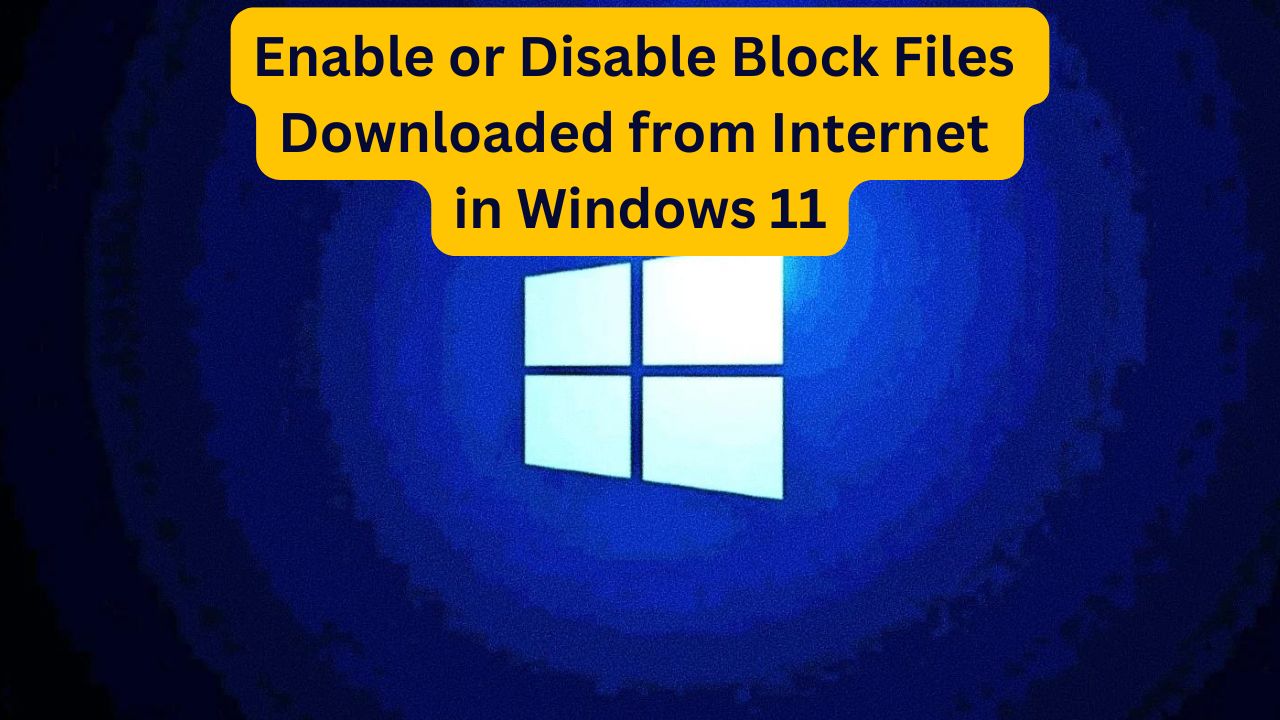In Windows 11, files downloaded from the internet are often blocked for security reasons. This is a built-in feature to prevent malicious files from being opened unintentionally. While this can be helpful for protecting your system, there may be times when you need to unblock these files to access them without hindrance. In this tutorial, we will guide you through step-by-step instructions on how to enable or disable the blocking of files downloaded from the internet in Windows 11.
Why Does Windows Block Downloaded Files?
Windows 11 marks downloaded files as potentially unsafe because they come from external sources (such as browsers, email clients, or external drives) and may contain malicious software. When a file is blocked, you may see a message like “This file came from another computer and might be blocked to help protect this computer.”
Although this feature enhances security, it can become inconvenient if you regularly download safe files from trusted sources. Luckily, you can enable or disable this feature depending on your needs.
Also Read- How To Add Take Ownership To Context Menu In Windows 10/11
Step 1: Check If a File Is Blocked
Before enabling or disabling the block feature, you should know how to check if a file has been blocked.
- Locate the File: Navigate to the folder where the downloaded file is stored.
- Right-click the File: Right-click on the file you suspect might be blocked.
- Click on Properties: Select Properties from the context menu.
- Check the Security Section: At the bottom of the General tab, look for a section called Security. If the file is blocked, you’ll see a message saying “This file came from another computer and might be blocked.”
- Unblock the File: If the file is blocked, you can manually unblock it by ticking the Unblock checkbox and clicking Apply.
This method allows you to unblock individual files, but if you want to enable or disable the blocking feature globally, continue reading.
Also Read- How To Backup And Restore Device Drivers In Windows 11: A Step-By-Step Guide
Step 2: Enable or Disable Block Files Downloaded from the Internet via Group Policy
Group Policy is one of the easiest ways to manage system settings, including blocking or unblocking downloaded files. This method works on Windows 11 Pro, Enterprise, and Education editions.
To Disable the Block (Unblock Files Globally):
- Open the Group Policy Editor:
- Press Windows Key + R to open the Run dialog.
- Type gpedit.msc and press Enter.
- Navigate to the Attachment Manager:
- In the Group Policy Editor, go to the following path:sqlCopy code
User Configuration > Administrative Templates > Windows Components > Attachment Manager
- In the Group Policy Editor, go to the following path:sqlCopy code
- Configure the Setting:
- In the right pane, find the policy setting called Do not preserve zone information in file attachments.
- Double-click it to open the setting.
- To disable the block, select Enabled. This will prevent Windows from blocking files by removing the zone information that indicates the file came from the internet.
- Click Apply and then OK to save the settings.
- Restart Your Computer:
- Restart your computer to apply the changes. Once this policy is enabled, Windows will no longer block files downloaded from the internet.
To Enable the Block (Re-enable File Blocking):
If you want to restore the default setting and block files downloaded from the internet, follow the same steps as above, but in Step 3, select Disabled or Not Configured. This will re-enable the file-blocking feature.
Also Read- How To Create Check For Updates shortcut In Windows 11
Step 3: Enable or Disable Block Files Downloaded from the Internet via Registry Editor
If you’re using Windows 11 Home, you won’t have access to the Group Policy Editor, but you can achieve the same effect by modifying the Windows Registry.
To Disable the Block via Registry Editor:
- Open the Registry Editor:
- Press Windows Key + R to open the Run dialog.
- Type regedit and press Enter.
- Navigate to the Following Path:Copy code
HKEY_CURRENT_USER\Software\Microsoft\Windows\CurrentVersion\Policies\Attachments - Create or Modify the Value:
- If the Attachments key doesn’t exist, you’ll need to create it. Right-click on the Policies folder, select New > Key, and name it Attachments.
- Inside the Attachments key, right-click on the right-hand pane and select New > DWORD (32-bit) Value.
- Name the new value SaveZoneInformation.
- Set the Value:
- Double-click the SaveZoneInformation value and set its data to 1 to disable the block (unblock files).
- Click OK.
- Restart Your Computer:
- Restart your PC to apply the changes.
To Re-enable the Block via Registry Editor:
- Follow the same steps to open the Registry Editor and navigate to the Attachments key.
- Set the SaveZoneInformation value to 0 to re-enable the file block.
- Restart your computer to apply the changes.
Step 4: Block or Unblock Individual Files Manually
If you don’t want to change global settings but need to unblock a few files, you can do it manually for each file:
- Right-click the File: Find the blocked file and right-click on it.
- Open Properties: Click on Properties from the context menu.
- Unblock the File: In the General tab, check the Unblock checkbox at the bottom and click Apply.
This method is useful if you only need to unblock a few specific files and want to keep the security feature enabled for others.
Conclusion
Managing file security in Windows 11 is crucial, especially when dealing with downloaded files from the internet. While blocking files can protect your system from malicious software, there are instances when you need access to safe files. By following this guide, you can easily enable or disable the blocking of downloaded files using the Group Policy Editor, Registry Editor, or manually for individual files.
These methods offer flexibility and control over your security settings, allowing you to decide how Windows handles files from the internet. Always remember to be cautious when dealing with files from unknown sources, as disabling the block globally may expose your system to potential risks.
































